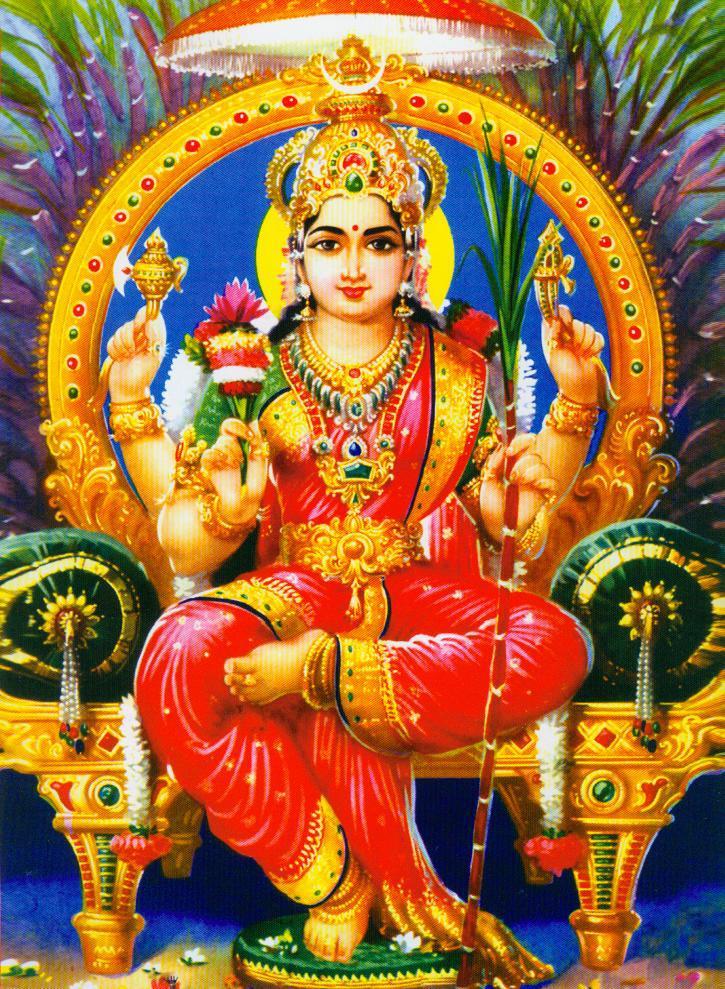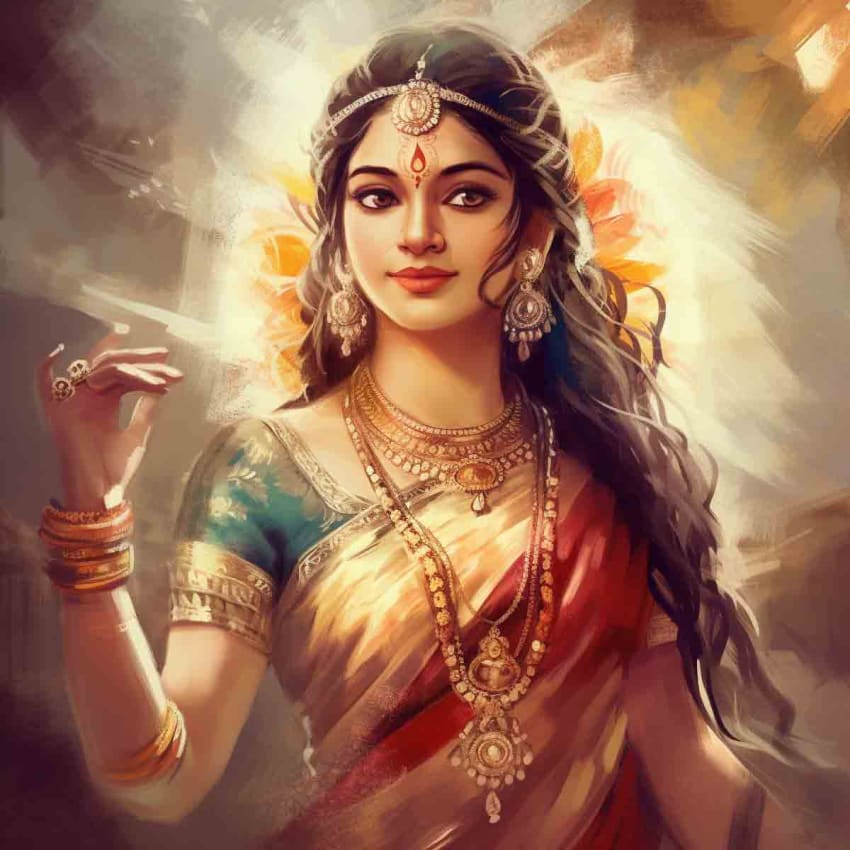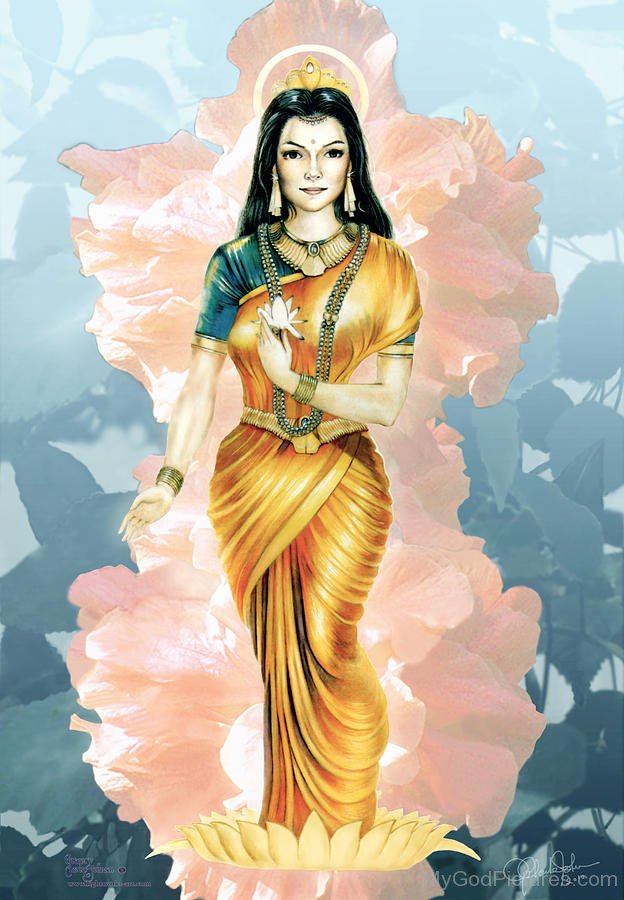Parvati, The Powerful Spirit: Understanding The Goddess Beyond 'Survivor Nude' Queries
Have you ever wondered about Parvati, that, is that, truly amazing goddess from Hindu traditions? It's almost as if her story, full of strength and spiritual depth, sometimes gets a bit lost in the vastness of information out there. When people look up things like "Parvati survivor nude," it shows there's a real curiosity, perhaps a little confusion, about who she truly is. This article aims to shed some light on the authentic essence of Parvati, a deity whose power and grace are pretty much unmatched, and why certain search terms might not quite capture her true spirit.
Parvati, you know, is far more than just a name; she's a symbol of immense feminine power, a truly creative force that shapes the world. She is, in a way, deeply connected to the very earth itself, being the daughter of the towering Himalayan mountains. Her story, very unlike many others, speaks of a unique path, one marked by profound spiritual discipline and a kind of inner strength that allows her to stand tall against any challenge. We're going to explore what makes her so special, her incredible roles, and how her enduring spirit truly makes her a survivor in the most meaningful sense.
Our journey into understanding Parvati will help us see past any simple, perhaps even misleading, ideas. We'll get to know her as the devoted wife of Shiva, the powerful destroyer, and as a mother to gods like Karttikeya. This exploration is about getting a clear picture of her significant place in the pantheon, celebrating her unique qualities, and appreciating the deep wisdom her myths offer. It’s about recognizing her as an embodiment of Shakti, a powerful force that sustains and transforms, which is, in fact, what makes her so compelling.
Table of Contents
- Who Is Parvati? A Glimpse into Her Divine Life
- The Essence of Shakti: Parvati's Unyielding Power
- Asceticism and Spiritual Depth: A Unique Path
- Parvati as a Demon Slayer and Creative Force
- Her Many Forms: Durga and Kali
- Parvati's Family: Shiva, Karttikeya, and Ganesha
- Addressing the 'Survivor' Aspect of Parvati
- Frequently Asked Questions About Parvati
- Conclusion: Embracing Parvati's True Legacy
Who Is Parvati? A Glimpse into Her Divine Life
Parvati, a truly central figure in Hindu mythology, holds a very special place as the daughter of the Himalayan mountains. This connection to the majestic peaks, you know, really speaks to her inherent strength and purity. She is, in fact, the beloved wife of Shiva, the god often associated with destruction, though his role is far more complex than just that. Their union is seen as a perfect balance, bringing together cosmic energies that are, in some respects, essential for the universe's functioning.
What truly sets Parvati apart from many other Indian goddesses is her profound commitment to extreme asceticism. This isn't about giving up everything in a simple way; it's about deep spiritual discipline, a dedication to inner purity and self-control that is, quite honestly, remarkable. This aspect of her character highlights a spiritual depth that makes her an incredibly powerful and inspiring figure. She embodies a kind of quiet strength, a resilience born from within, which is very much at the core of her being.
As an embodiment of Shakti, which is feminine cosmic energy, Parvati stands as an immensely powerful goddess. This power isn't just about physical might; it's a creative force, a life-giving energy that also has the capacity to overcome great darkness. She is known as a formidable demon slayer, someone who actively protects the cosmic order and fights against destructive forces. Her presence, you see, is a constant reminder of the incredible potential within feminine energy, capable of both nurturing and fierce protection.
Parvati: Biography and Personal Details
| Detail | Description |
|---|---|
| Name | Parvati (also known by many other names like Uma, Gauri, Sati) |
| Origin | Daughter of Himavan (Himalayan mountains) and Mena |
| Consort | Shiva, the Destroyer |
| Children | Karttikeya (God of War), Ganesha (God of Wisdom and Obstacles) |
| Primary Role | Goddess of fertility, love, beauty, marriage, children, and devotion; also a divine strength and power (Shakti) |
| Key Attributes | Extreme asceticism, immense power, demon slayer, creative force, embodiment of Shakti |
| Associated Forms | Often appears in the guise of Durga or Kali |
| Domain | Mountains (Himalayas), household, spiritual discipline, cosmic energy |
The Essence of Shakti: Parvati's Unyielding Power
The concept of Shakti, feminine cosmic energy, is something that, in a way, really comes alive through Parvati. She isn't just a goddess; she is the very essence of this vital life force, the energy that powers the universe. This makes her not only incredibly powerful but also a source of creation and transformation. It’s almost like she holds the blueprint for existence within her, capable of bringing new things into being and changing what already is.
Her role as an embodiment of Shakti means she represents the dynamic aspect of the divine. While Shiva is often seen as the passive, meditative consciousness, Parvati, as Shakti, is the active, moving force that brings his potential into reality. This partnership is, in fact, fundamental to Hindu thought, showing how masculine and feminine energies combine to create and maintain everything. It’s a very profound idea, and Parvati is its living example.
This unyielding power of Parvati is not just for grand cosmic acts; it also resonates with human experiences of strength, resilience, and creative expression. When we talk about her being a "survivor," it's truly in this sense: her ability to embody and manifest such immense power, to face challenges head-on, and to continue to be a source of life and inspiration. She is, in some respects, a beacon of what feminine strength can achieve, a truly enduring spirit.
Asceticism and Spiritual Depth: A Unique Path
Parvati's extreme asceticism is a defining characteristic that, you know, really sets her apart. This wasn't a casual choice; it was a deeply committed spiritual practice, a rigorous path of self-discipline and meditation she undertook to win Shiva's affection and to attain spiritual perfection. It involved intense penance, sometimes in harsh conditions, showcasing her incredible willpower and unwavering focus. This aspect of her story is, quite honestly, very inspiring.
Unlike some deities who might be associated with worldly pleasures or opulence, Parvati's journey emphasizes inner purity and detachment. Her asceticism speaks to a profound spiritual depth, a realization that true power comes not from external possessions but from within. This makes her a model for spiritual seekers, showing that dedication and discipline can lead to immense inner strength and enlightenment. It’s a rather powerful message, isn't it?
This spiritual discipline is also what contributes to her "survivor" quality. It's about enduring hardship, staying true to one's path, and emerging stronger. Her story of asceticism is a testament to her perseverance, her ability to overcome obstacles through sheer spiritual will. This makes her a truly powerful figure, someone who understands the value of effort and commitment, which is, in fact, something we can all relate to.
Parvati as a Demon Slayer and Creative Force
Parvati's role as a demon slayer is another testament to her immense power and her commitment to cosmic balance. While often portrayed as gentle and nurturing, she can transform into fierce forms to combat evil and protect the innocent. This duality, you see, is a crucial part of her character, showing that true strength can encompass both compassion and ferocity when needed. She is, in a way, the ultimate protector.
Her battles against demons are not just physical confrontations; they represent the triumph of good over evil, of order over chaos. These stories highlight her courage, her strategic mind, and her unwavering determination to uphold dharma, which is cosmic righteousness. It’s almost as if she embodies the spirit of resilience, always ready to face down threats, no matter how daunting they might seem.
Beyond her protective aspect, Parvati is also a vital creative force. As Shakti, she is the energy that enables creation, sustenance, and dissolution. She is the mother of the universe in a metaphorical sense, bringing forth life and nurturing it. This creative power is seen in the beauty of nature, the cycle of life, and the very existence of the cosmos. She is, quite literally, the energy that makes things happen, a truly dynamic force.
Her Many Forms: Durga and Kali
Parvati often appears in the guise of Durga or Kali, which, you know, really shows the incredible range of her power and personality. These forms are not separate entities but rather different manifestations of her singular, immense energy, each serving a specific purpose in the cosmic play. It’s almost like she has different aspects she can reveal, depending on what the situation calls for.
Durga, for instance, is typically depicted as a radiant warrior goddess, riding a lion or tiger, armed with many weapons. She is invoked to destroy powerful demons that even male gods cannot defeat. Her appearance is majestic and awe-inspiring, representing divine wrath against evil but also protection and justice. She is, in fact, a symbol of courage and strength, a truly formidable presence.
Kali, on the other hand, is a more fierce and terrifying form, often shown with a dark complexion, a garland of skulls, and a protruding tongue. While her appearance might seem frightening, she is revered as the ultimate destroyer of evil forces and a liberator of souls. She represents the raw, untamed aspect of divine power, capable of consuming all negativity. These manifestations truly underscore Parvati's versatility and her capacity to embody both nurturing and destructive energies for the greater good, which is, you know, very powerful.
Parvati's Family: Shiva, Karttikeya, and Ganesha
Parvati's relationships within her divine family are, in a way, central to her story and illustrate different facets of her character. Her bond with Shiva, her husband, is a very profound one, representing the union of consciousness and energy. Shiva, the destroyer, is the supreme god in Shaivite sects of Hinduism and spends his time meditating in the Himalayas. He is often seen smearing himself with ashes and visiting cremation grounds, and he is also considered a god of lust and masculinity, with his followers worshipping him through lingas, or phallic symbols. Their dynamic is one of balance and cosmic partnership, a truly deep connection.
Karttikeya is the son of Shiva, the Hindu god of destruction, and his wife Parvati (though some versions of his myth assign him different parents). As the god of war, he is best known for leading the army of the gods in battle and defeating the demon Taraka. Parvati's role as his mother highlights her nurturing aspect, even as she is the source of the powerful energy that creates a warrior god. This relationship shows her capacity for both creation and fierce protection through her offspring, which is, you know, very significant.
While the provided text doesn't explicitly state Ganesha is Parvati's son, it does mention him as a mischievous and clever god who serves as the Mahabharata's scribe, breaking off his own tusk to use as a pen. In wider Hindu mythology, Ganesha is indeed the son of Parvati, created by her to protect her privacy. This connection further emphasizes Parvati's creative force and her ability to manifest beings for specific purposes. Her role as a mother, whether to Karttikeya or Ganesha, adds another layer to her identity as a powerful yet loving deity, a truly complete figure.
Addressing the 'Survivor' Aspect of Parvati
When people search for "Parvati survivor," it could be that they are, in a way, looking for stories of her resilience, her ability to overcome challenges, and her enduring nature. While she isn't a contestant on a reality TV show, her mythological narratives are filled with instances where she displays incredible fortitude and perseverance. She is, in fact, a survivor in the most profound spiritual and mythological sense.
Her journey to win Shiva's affection, which involved intense asceticism and overcoming various obstacles, shows her unwavering determination. She "survived" the rigors of penance, the tests of devotion, and the cosmic disruptions that threatened the world. Her role as a demon slayer means she literally "survives" battles against powerful evil forces, emerging victorious and restoring balance. This makes her a very powerful symbol of endurance.
Parvati's embodiment of Shakti means she represents the eternal, indestructible feminine energy. This energy, you know, always persists, always finds a way to manifest and thrive, even after periods of dissolution or destruction. In this sense, she is the ultimate survivor, the ever-present force that ensures the continuity of life and creation. She is, quite simply, an enduring spirit, a truly inspiring figure for all time.
Frequently Asked Questions About Parvati
What is Parvati known for in Hinduism?
Parvati is known for many things, you know, but primarily as the wife of Shiva, the embodiment of Shakti (feminine cosmic power), and a goddess of immense strength. She's recognized for her extreme asceticism, her role as a creative force, and her ability to slay powerful demons. She's also seen as a nurturing mother figure to gods like Karttikeya, and, in fact, Ganesha.
How is Parvati connected to Durga and Kali?
Parvati is, in a way, the original form from which Durga and Kali manifest. These powerful goddesses are considered different aspects or fierce guises of Parvati herself. When the cosmic order faces severe threats, Parvati can unleash these formidable forms to combat evil and restore balance, which is, you know, a very important part of her mythology.
What does Parvati's asceticism represent?
Parvati's asceticism represents profound spiritual discipline, unwavering devotion, and the pursuit of inner purity. It shows her immense willpower and her dedication to achieving her goals through self-control and meditation. This aspect highlights her spiritual depth and her unique path among goddesses, a truly remarkable journey.
Conclusion: Embracing Parvati's True Legacy
Exploring Parvati's story, you know, really helps us see beyond simple ideas and appreciate the profound depth of her character. She is a goddess of incredible power, a true embodiment of feminine strength, and a creative force that sustains the universe. Her journey, marked by extreme asceticism and fierce determination, showcases a resilience that is, in fact, truly inspiring.
Understanding Parvati means recognizing her as the devoted wife of Shiva, the nurturing mother of Karttikeya, and the formidable demon slayer who protects cosmic order. She is a symbol of endurance, a "survivor" in the truest sense, constantly overcoming challenges and embodying the unyielding spirit of Shakti. To truly appreciate her, it’s about looking at her multifaceted nature, which is, quite honestly, very rich and complex.
We invite you to learn more about Hindu deities and their profound stories on our site, and perhaps you can delve deeper into the fascinating world of ancient mythology right here.

The Hindu Goddess Parvati - The Goddess Garden

Source: Spiritmiracle

Portrait Of Goddess Parvati - God Pictures